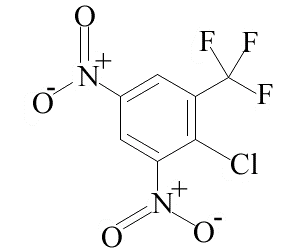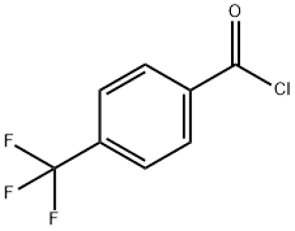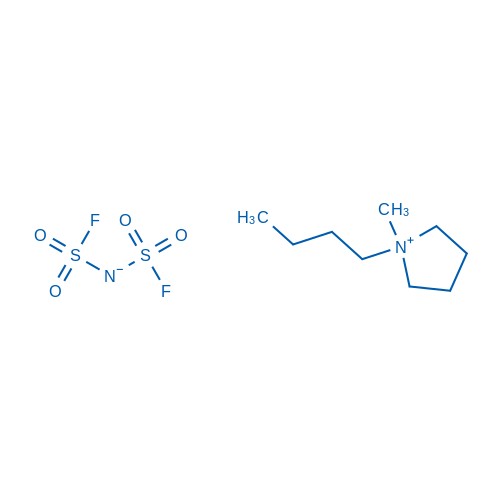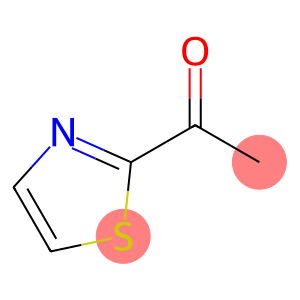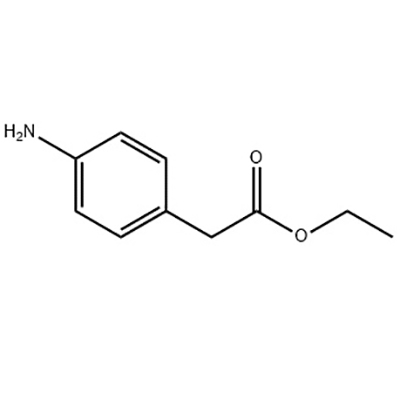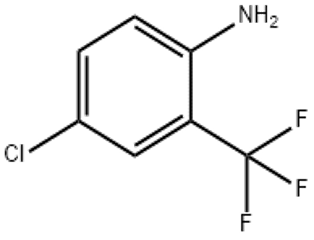2-Chloro-3 5-Dinitrobenzotrifluoride(CAS# 392-95-0)
| Hazard Symbols | Xi – Irritant |
| Risk Codes | R36/37/38 – Irritating to eyes, respiratory system and skin. R34 – Causes burns R20/21/22 – Harmful by inhalation, in contact with skin and if swallowed. |
| Safety Description | S26 – In case of contact with eyes, rinse immediately with plenty of water and seek medical advice. S37/39 – Wear suitable gloves and eye/face protection S36 – Wear suitable protective clothing. S45 – In case of accident or if you feel unwell, seek medical advice immediately (show the label whenever possible.) S36/37/39 – Wear suitable protective clothing, gloves and eye/face protection. |
| UN IDs | 1759 |
| WGK Germany | 3 |
| RTECS | CZ0525750 |
| HS Code | 29049090 |
| Hazard Note | Irritant |
| Hazard Class | 8 |
| Packing Group | III |
Introduction
2-Chloro-3,5-dinitrotrifluorotoluene is a chemical substance,
It is stable at room temperature, insoluble in water, and soluble in organic solvents such as methanol and methylene chloride.
Uses: 2-chloro-3,5-dinitrotrifluorotoluene has high chemical stability and explosive properties, and it is often used as a component of high energy density materials, such as gunpowder and explosives. It can also be used as an intermediate in dyes and pigments, as well as as a component of electronics and materials.
Preparation method: The preparation method of 2-chloro-3,5-dinitrotrifluorotoluene generally includes nitrification reaction and chlorination reaction. 3,5-dinitrobenzoic acid was reacted with nitrous acid to obtain 3,5-dinitrobenzobenzitrite. The ester is then reacted with copper chloride to give the final product, 2-chloro-3,5-dinitrotrifluorotoluene.
Safety Information: 2-Chloro-3,5-dinitrotrifluorotoluene is a harmful chemical with high toxicity and explosiveness. Contact or inhalation of the substance may cause eye and skin irritation and even cause serious damage. When handling or using, wear appropriate protective gear and follow relevant safety operating procedures. The substance should be stored properly, away from fire sources and flammable materials. The disposal of waste should be in accordance with local environmental regulations.


